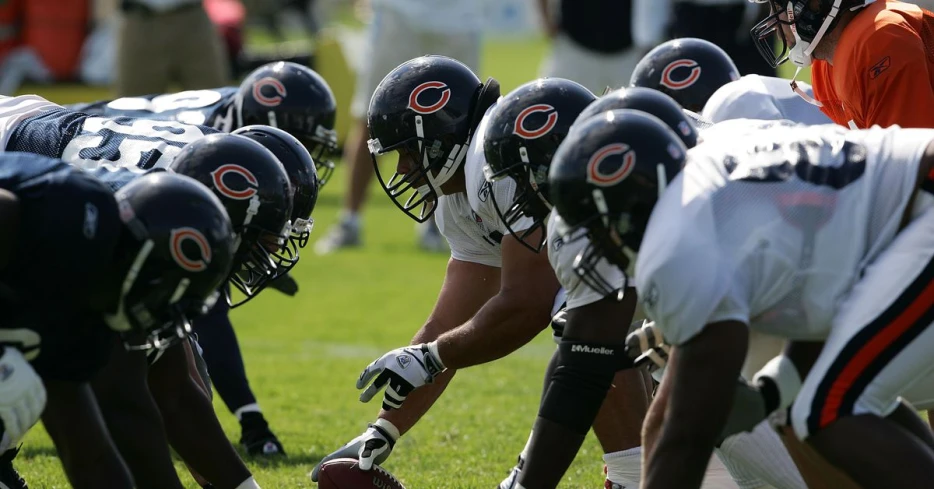
 Windy City Gridiron
Windy City Gridiron
Can the Bears afford to wait on drafting talent for the lines?
In 2011, the NFL shifted to a new era of rookie contracts and pay scales, changing in many ways how teams could and would build their rosters. The first ten draft classes (from 2011 through 2020) have now been able to see through their entire first contracts, including the fifth-year option afforded teams under the terms of the CBA. Excluding specialists like place kickers, punters, and long snappers, teams have drafted 2502 players in this time.
Among these men, the players drafted in the first two rounds tend to be the major contributors. Although only a quarter of the total pool of candidates, they represent 70% of the players who will earn a Pro Bowl distinction in their first five years. For more modest aspirations, nearly 500 of the 1200 players to make it at least four years and play in at least fifty games were drafted in the first two rounds. Some of this second group is because teams will tend to favor players who they invested resources in, but much of it is because the talent in the NFL draft is top heavy.
As the 2025 NFL draft draws closer, I intend to fully explore the full results of all 2500-plus of these players, grouped by position, by draft order, and by on-field outcomes. However, given the current needs of the Chicago Bears and the opportunity they enjoy by holding a pick in the top ten and a total of three picks in the top two rounds, I wanted to take a quick look at what happens when teams invest top picks (i.e. those from the first two rounds) in the trenches.
258 of the 635 picks in the first two rounds went to players on either the offensive or defensive lines, but those are not evenly spread in terms of investment. Despite the fact that there are five starting positions on the offensive line, only 110 top picks were spent on offensive linemen, versus 148 top picks spent to cover either 4- or 5-position defensive sets.
On defense, 81 picks were spent on edge rushers. That’s 13% of the top picks in the draft spent on a position that is only 9% of a starting line up. Those picks were used to find 23 players who would go on to make at least one Pro Bowl in their first five years in the league (or a 28% rate of finding a Pro Bowler, roughly the league average across all positions). However, less than half of these players (37) started in at least 40 games in their first five years. Instead, 61 played in at least 60 games. In other words, teams invested heavily in edge rushers, and while they tended to find elite players at the same average rate as other positions, they struggled to turn these picks into starters. The good news is that talent that was worth drafting in the top two rounds...